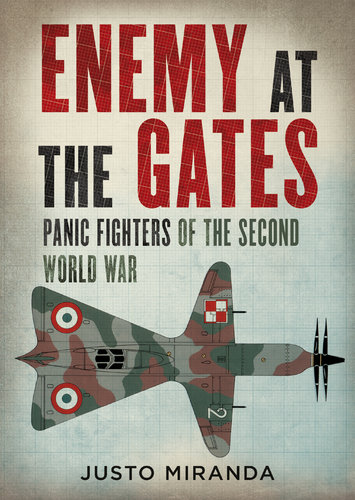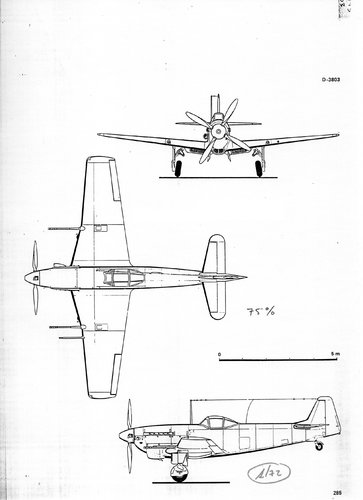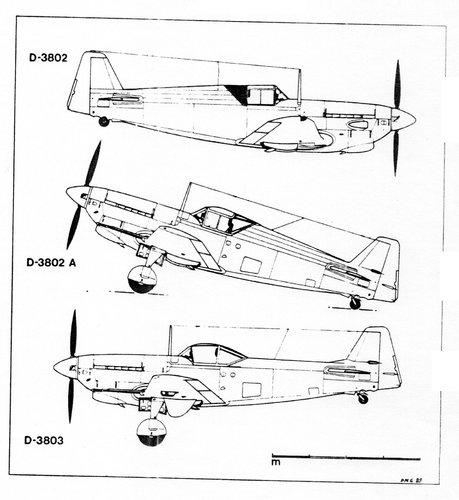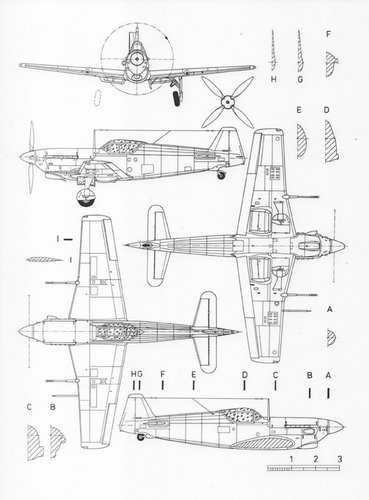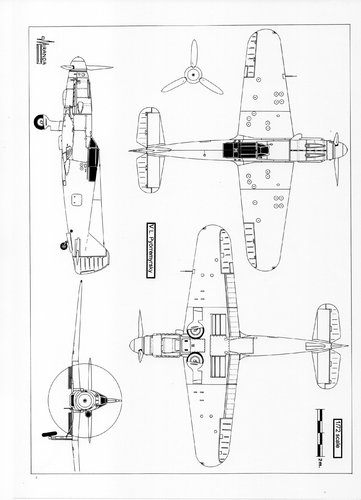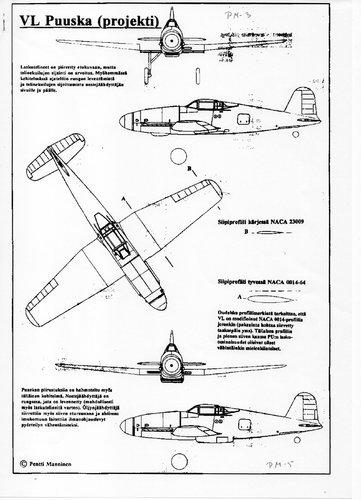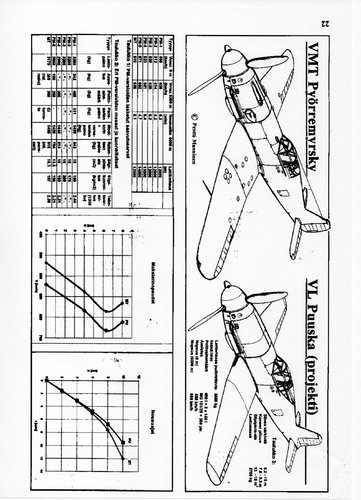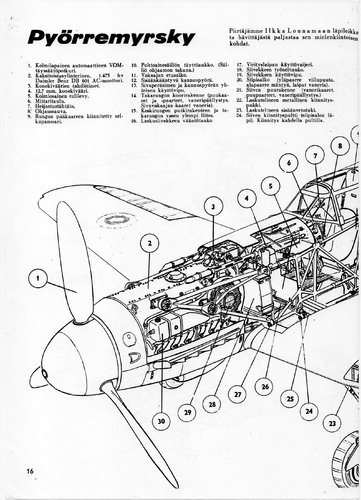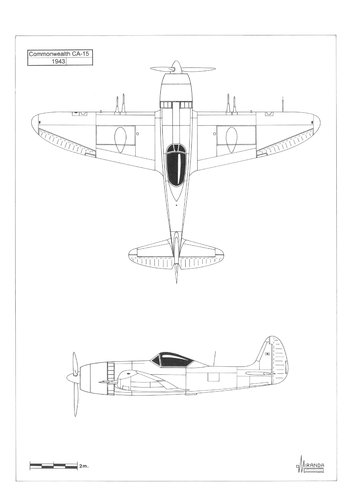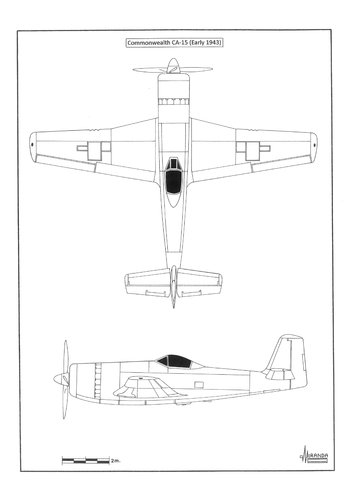"Enemy at the Gates: Panic Fighters of the Second World War"
CONTENTS SCALE DRAWINGS
- Avia B.35 Mock-up
- Avia B.35.1
- Avia B.35.3
- Avia B.135.1
- PZL P.50 1st prototype
- PZL P.50 2nd prototype
- PZL P.55
- PZL P.56
- RWD 25 Sokol
- PZL P.45 Sokol
- PWS 42 Sokol
- Orlogs Vaerftet OV-J-1
- Fairey P4/34
- Koolhoven FK.55
- Koolhoven FK 58 with DB 600
- Fokker Ontwerp 150,151,192 and 192
- Fokker D.XXI H with Hispano Suiza 12 Y
- Fokker D.XXIII
- De Schelde S.21
- Renard R.36,37 and 38
- Renard R.40
- Renard R.42
- C.A.P.R.A. R.30
- Bloch MB 700
- Bugatti 110 C.1
- Morane Saulnier MS 408 C1
- Morane Saulnier MS 450
- Morane Saulnier MS 460
- Morane Saulnier MS 540
- Morane Saulnier MS 640
- Payen Pa 112 C1
- Roussel 30
- Potez 230
- Miles M.20/1
- Miles M.20/2
- Miles M.24
- Percival P.32
- Percival P.33
- Shamah Rammer
- Martin-Baker Swinging Arm
- Hawker Tempest with R.R. Eagle
- EKW C-3602/03
- Doflug D-3802
- I.A.R. 80 with Jumo 211 Da
- I.A.R. 80 with DB 601 AA
- Manfred Weiss W.M.23
- Marton XV-01
- Ikarus IK-2
- Rogozarsky IK-3
- V.L. Myrsky
- V.L. Pyörremyrsky
- V.L. Puuska
- Irbitis I-16
- Irbitis I-19
- Cuckurs C-6
- Aviotease PN-3
- SAAB J19
- SAAB J22
- SAAB J23
- SAAB J27
- Kwangsi Type 3
- Chu XP-0
- Chu XP-1
- Curtiss-Wright CW-21
- Curtiss-Wright CW-21B
- Republic P-43A
- Vultee P-66
- North American NA 68
- North American NA 69
- Commonwealth XP-17
- Commonwealth CA-14
- Commonwealth CA-14A
- Commonwealth CAC P-176
- Commonwealth CA-15 (may 1942)
- Commonwealth CA-15 (november 1942)
- Commonwealth CA-15 (early 1943)
- Commonwealth CA-15 (june 1943)
- Commonwealth CA-15 R.R. Griffon 61
- Commonwealth CA-15 Racer
CONTENTS SCALE DRAWINGS
- Avia B.35 Mock-up
- Avia B.35.1
- Avia B.35.3
- Avia B.135.1
- PZL P.50 1st prototype
- PZL P.50 2nd prototype
- PZL P.55
- PZL P.56
- RWD 25 Sokol
- PZL P.45 Sokol
- PWS 42 Sokol
- Orlogs Vaerftet OV-J-1
- Fairey P4/34
- Koolhoven FK.55
- Koolhoven FK 58 with DB 600
- Fokker Ontwerp 150,151,192 and 192
- Fokker D.XXI H with Hispano Suiza 12 Y
- Fokker D.XXIII
- De Schelde S.21
- Renard R.36,37 and 38
- Renard R.40
- Renard R.42
- C.A.P.R.A. R.30
- Bloch MB 700
- Bugatti 110 C.1
- Morane Saulnier MS 408 C1
- Morane Saulnier MS 450
- Morane Saulnier MS 460
- Morane Saulnier MS 540
- Morane Saulnier MS 640
- Payen Pa 112 C1
- Roussel 30
- Potez 230
- Miles M.20/1
- Miles M.20/2
- Miles M.24
- Percival P.32
- Percival P.33
- Shamah Rammer
- Martin-Baker Swinging Arm
- Hawker Tempest with R.R. Eagle
- EKW C-3602/03
- Doflug D-3802
- I.A.R. 80 with Jumo 211 Da
- I.A.R. 80 with DB 601 AA
- Manfred Weiss W.M.23
- Marton XV-01
- Ikarus IK-2
- Rogozarsky IK-3
- V.L. Myrsky
- V.L. Pyörremyrsky
- V.L. Puuska
- Irbitis I-16
- Irbitis I-19
- Cuckurs C-6
- Aviotease PN-3
- SAAB J19
- SAAB J22
- SAAB J23
- SAAB J27
- Kwangsi Type 3
- Chu XP-0
- Chu XP-1
- Curtiss-Wright CW-21
- Curtiss-Wright CW-21B
- Republic P-43A
- Vultee P-66
- North American NA 68
- North American NA 69
- Commonwealth XP-17
- Commonwealth CA-14
- Commonwealth CA-14A
- Commonwealth CAC P-176
- Commonwealth CA-15 (may 1942)
- Commonwealth CA-15 (november 1942)
- Commonwealth CA-15 (early 1943)
- Commonwealth CA-15 (june 1943)
- Commonwealth CA-15 R.R. Griffon 61
- Commonwealth CA-15 Racer

